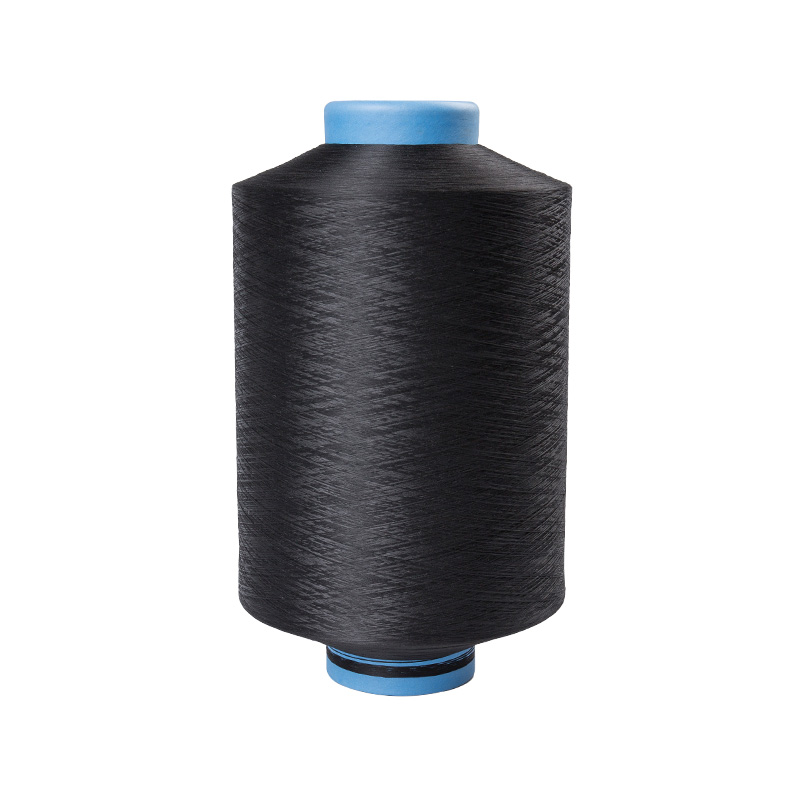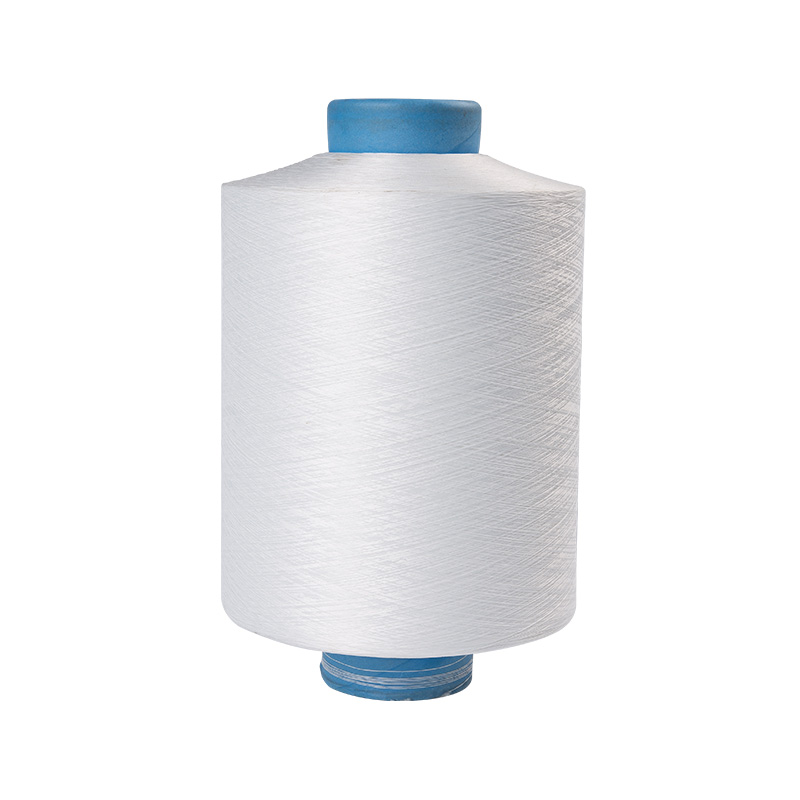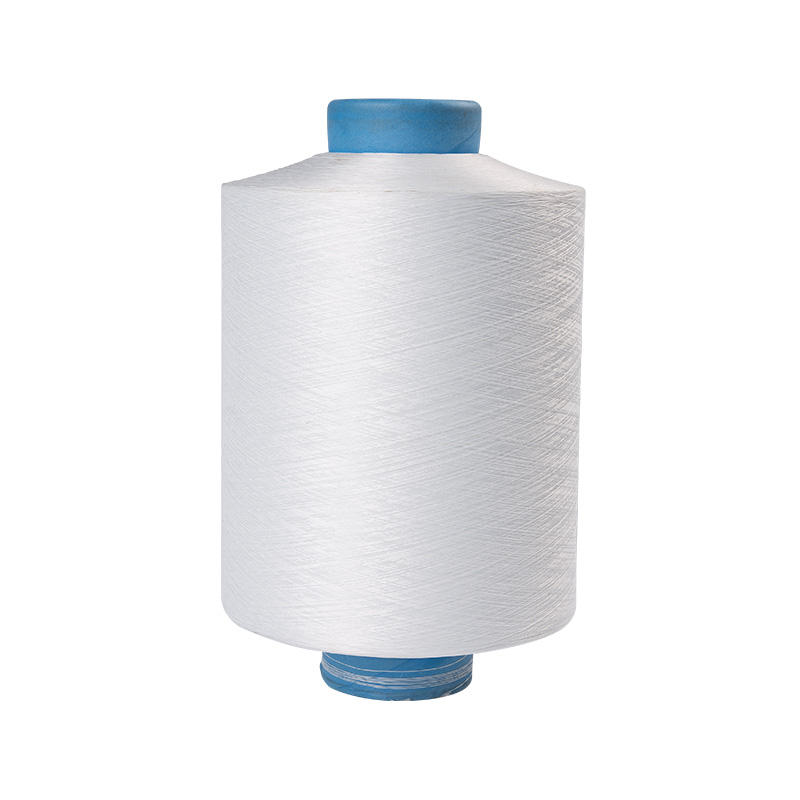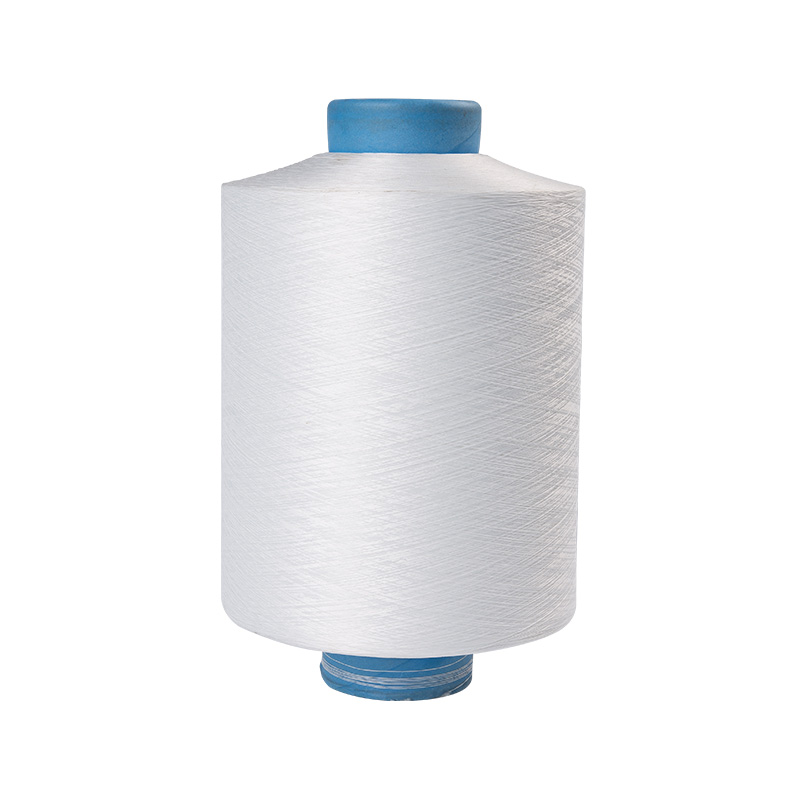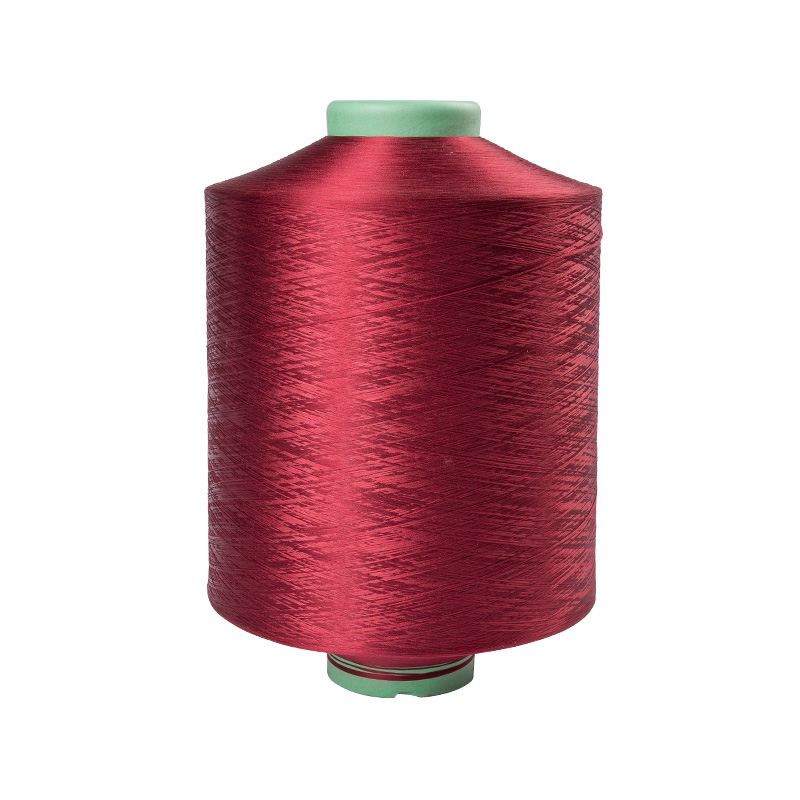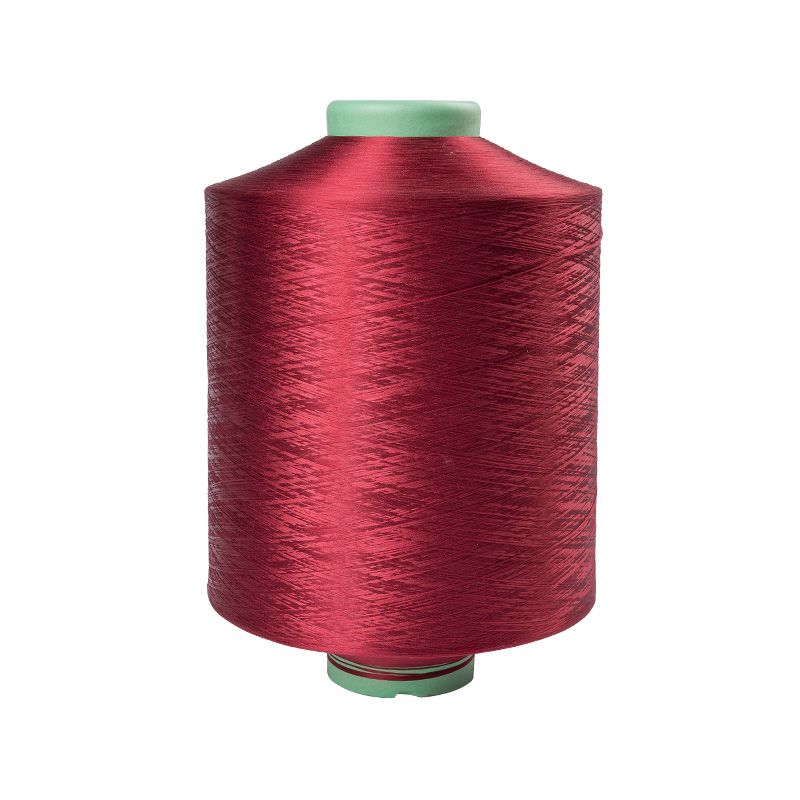In traditional textile production, dyeing is a complex and costly process that usually involves multi-step processing, such as dye selection, dyeing process control, and post-processing. To simplify this process and reduce production costs, polyester partially oriented yarn (POY) provides an effective solution through liquid color spinning technology. This technology not only simplifies the dyeing process but also significantly reduces costs, bringing several significant advantages.
1. Basic principles of liquid color spinning technology
Dope color spinning technology adds dye directly to the spinning solution during the spinning process, that is, the dye is mixed with polyester raw materials before spinning. In this way, the yarn produced during spinning has the desired color without the need for subsequent dyeing. This process avoids the multi-step process in traditional dyeing, thus simplifying the entire production process.
2. Simplify the dyeing process
Traditional dyeing processes usually require multiple steps such as pre-dyeing, dyeing, fixation, and cleaning of yarn or fabric. Each step involves different process requirements and equipment operations, adding to production complexity and cost. The liquid color spinning technology moves the dyeing process to the spinning stage, omitting subsequent dyeing and processing steps, greatly simplifying the entire process.
3. Reduce production costs
Dope color spinning technology significantly reduces production costs by reducing dyeing links and related treatments. These cost savings include:
Save on dye costs: Since the dye is added directly before spinning, no additional dyes or chemicals are required.
Reduce water and electricity consumption: Traditional dyeing requires a large amount of water and electricity, while liquid color spinning technology only needs to be processed during the spinning process, thus reducing resource consumption.
Reduced labor and equipment costs: The streamlined process reduces the need for complex dyeing equipment and additional manual operations.
4. Improve color stability
Since the dye is evenly distributed during the spinning process, liquid color spinning technology can ensure that the color of the yarn is more uniform and stable. This consistent color quality reduces scrap and the need for reprocessing due to color variations, further reducing production costs.
5. Reduce environmental impact
Liquid color spinning technology helps reduce waste water and air emissions during the production process. Wastewater produced during traditional dyeing processes often contains dyes and chemicals, causing environmental pollution. By adding dyes during the spinning stage, the generation and treatment requirements of wastewater can be significantly reduced, reducing the burden on the environment.
6. Improve production efficiency
By reducing the multiple steps of dyeing and post-processing, liquid color spinning technology can speed up the production process and improve production efficiency. This means that manufacturing companies can respond to market demand more quickly, shorten delivery cycles, and reduce production time costs.

 English
English 中文简体
中文简体